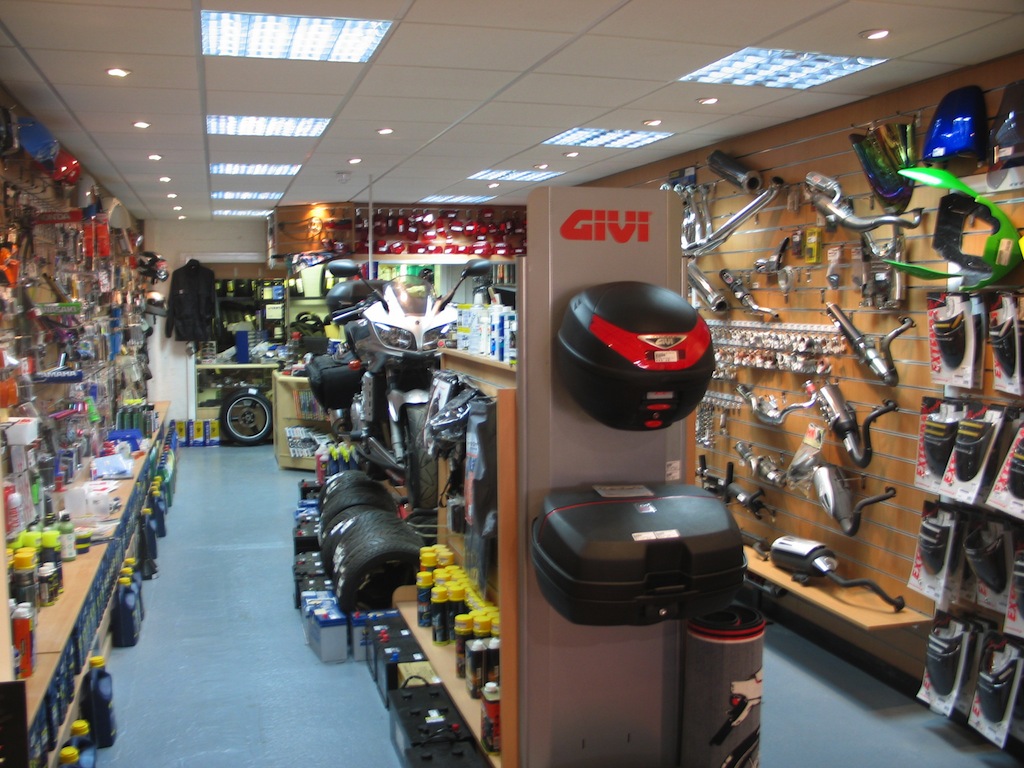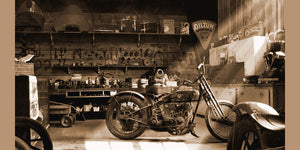Your Best Motorbike Shop for High Quality Parts and Accessories
Your Best Motorbike Shop for High Quality Parts and Accessories
Blog Article
Understanding Motorbike Gears: Exactly How to Optimize Your Riding Experience
In the realm of motorcycling, mastering the art of equipment control is crucial for boosting your riding efficiency. Effectively recognizing and utilizing motorcycle equipments can substantially impact velocity, gas, and control performance, changing an ordinary experience into a seamless, thrilling trip.
Understanding Equipment Mechanics
How do the ins and outs of gear mechanics influence motorcycle performance? At the core of motorcycle dynamics, equipment technicians play a critical function in converting engine power into movement, inevitably dictating speed and control. Gears, diligently crafted components, permit bikers to enhance torque and speed, guaranteeing a smooth transition via various surfaces and speeds. The equipment ratios, meticulously designed, determine the relationship in between engine transformations and wheel turns, impacting velocity and gas effectiveness.
Recognizing gear technicians starts with recognizing the significance of the transmission, which houses multiple equipments of varying dimensions. These equipments communicate via a process understood as meshing, where teeth of various gears involve to send power.
In addition, the concept of equipment moving is integral to making the most of efficiency. Smooth and prompt changes make sure that the engine runs within its optimum power band, stopping unneeded pressure and boosting durability (moto parts nz). By comprehending these mechanical ins and outs, motorcyclists can attain a harmonious blend of performance, control, and power, raising their riding experience
Timing Your Changes
Change timing proficiency is essential for maximizing motorcycle performance and boosting the riding experience. Properly timed changes guarantee that the engine runs within its optimal power band, which is critical for keeping control, achieving smooth velocity, and making certain the durability of the motorbike. Cyclists need to establish an intuitive feeling of when to shift equipments, which includes recognizing the relationship between engine transformations per min (RPM) and rate.
To understand shift timing, pay close focus to the engine's sound and feel, as these supply crucial hints about when to transform gears. The excellent shift factor commonly occurs when the engine comes close to the top variety of its power band without reaching the redline. Changing also early can lead to a lack of power, while shifting also late may create unneeded engine strain
In addition, roadway conditions and riding design impact change timing. In comparison, throughout highway riding, less changes at greater speeds can be extra ideal.
Enhancing Fuel Performance
While grasping motorbike gears is vital for efficiency, boosting fuel efficiency is similarly essential for both financial and ecological reasons. Optimum fuel consumption not just reduces operational prices but additionally minimizes the ecological impact of riding. To achieve this, one should comprehend the detailed connection between gear option and engine performance.
Riding in a higher equipment at lower rates can lead to engine hauling, which is detrimental to both fuel economic climate and engine health and wellness. Alternatively, riding in reduced gears at high rates results in unnecessary fuel consumption.
Furthermore, normal upkeep plays a pivotal function in fuel performance. Ensuring that the bike is well-tuned, with tidy air filters and effectively inflated tires, can enhance the rules of aerodynamics and decrease gas waste. Furthermore, taking on a riding style that accepts steady velocity and smooth slowdown can add to far better fuel economic situation.

Techniques for Smooth Transitions
Accomplishing smooth gear changes is essential to improving the riding experience and making certain the best motorcycle gear for beginners longevity of a motorcycle's transmission system. Appropriate equipment moving not only adds to a smooth experience however also lessens deterioration on the mechanical elements. To master the art of smooth transitions, motorcyclists should concentrate on a few key techniques.

Secondly, clutch control plays a critical function. Engaging and disengaging the clutch efficiently needs technique. The clutch lever must be released gradually, permitting a smooth transfer of power from the engine to the wheels without causing a shock or sudden movement.

Adapting to Roadway Conditions
Browsing varied roadway problems is an essential ability for any type of motorcyclist aiming to preserve control and safety. Whether you're riding on damp surface areas, crushed rock roads, or navigating doglegs, your capacity to adapt your equipment usage and riding method is extremely important. Understanding exactly how to adjust your equipments suitably can substantially impact grip and security, guaranteeing a more secure journey.
In contrast, when riding on gravel or unequal terrain, lower gears are more suitable. Reduced gears give much better control and enable you to react more swiftly to unexpected adjustments in the roadway surface.
Sharp curves demand precise equipment management to stabilize rate and control. Downshifting prior to entering a curve can help keep energy while guaranteeing the bike remains stable throughout the turn. Constant practice in varied problems boosts your ability to anticipate and respond to changes in road structure and incline.
Conclusion
Mastering motorbike gears considerably enhances the riding experience by boosting velocity, website link control, and gas performance. An extensive understanding of equipment technicians and specific shift timing makes certain the engine runs within its optimal power band, while smooth transitions via efficient clutch and throttle sychronisation increase convenience and efficiency. Adjusting equipment selection to different road problems, such as using greater equipments on damp surfaces and lower gears on gravel, further improves handling and security. Eventually, these skills boost the general trip.
Recognizing equipment technicians starts with acknowledging the relevance of the gearbox, which houses several gears of varying dimensions. These gears engage through a process recognized as meshing, where teeth of various gears involve to send power (motocross gear). Gentle adjustments to the throttle throughout equipment shifts can avoid jerky activities and preserve a constant riding speed
Whether you're riding on wet surfaces, gravel roads, or browsing sharp turns, your capacity to adjust your equipment usage and riding strategy is critical. Adjusting gear selection to different road conditions, such as utilizing higher equipments on damp surface areas and lower gears on crushed rock, further improves handling and security.
Report this page